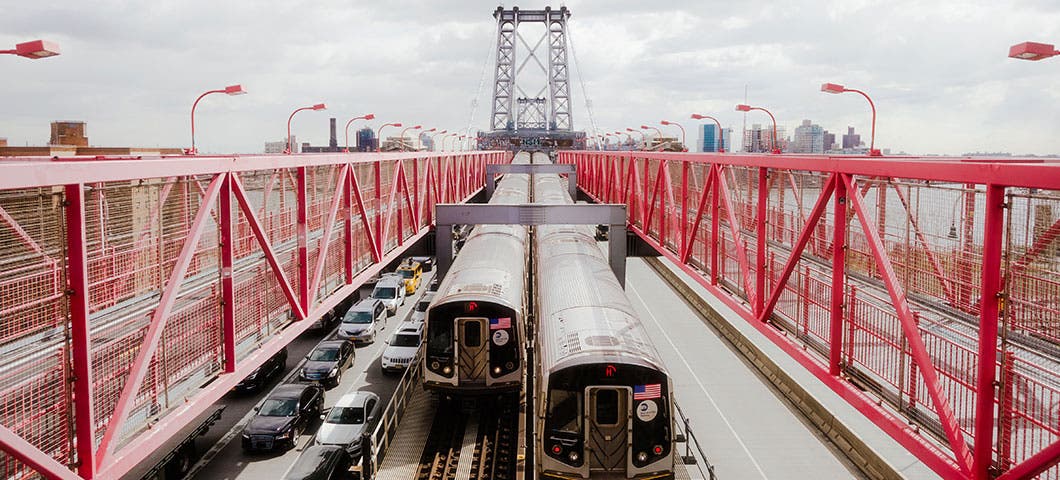Humza Deas is a born-and-raised New York City original. Without the city in his background and as his inspiration, there’s no telling where or what he’d be. It was the pulse of the city that initially inspired him to explore, first by skateboard and then by camera when, after borrowing a friend’s camera, his curiosity was set afire. Deas began scaling bridges and buildings for angles most would be too frightened (of the dangers or getting caught, or both) to attempt.



It’s exactly these antics that got him 2014 profiles in Complex and New York Magazine. The NYmag article branded him an “outlaw Instagrammer,” but, by 2017, Deas was collaborating with the magazine on aerial photography and working with brands like BMW, Adidas, and the NY Knicks (under his handle, @humzadeas). Earlier this year the film Social Animals, which documents his audacious adventures in urban photography, premiered at the SXSW Festival.
Adorama caught up with Deas to find out how things have changed for him since 2014, and why a drone is now integral to his arsenal of gear.
Adorama: First things first. What is your gear setup and your usual editing workflow?
Deas: My go-to gear is my Sony a7R III with a Sony FE 24-70mm f/2.8 GM lens. I also use the DJI Mavic Pro drone. I process my images in Adobe Lightroom followed by Adobe Photoshop on my laptop, and use Adobe Premiere Pro for video editing on my desktop.
Adorama: What would you consider to be elements of your signature style?
Deas: I like to think my signature style is 90-degree, or top-down images. I really enjoy the photography of Karl ‘Shakur’ N. and love aerial images of New York City.



Adorama: Was there a moment you remember first falling in love with photography?
Deas: I was caught in a lighting storm while hanging out with two of my friends. A flash flood warning hit the Lower East Side in NYC, and we decided to seek shelter under the FDR freeway. Given that I was already soaked, I decided to try to capture the lightning as best I could. On my fourth or fifth try, lightning struck the Manhattan Bridge! I jumped around the rain, filled with joy, as I realized I had captured beauty in the middle of chaos. It was an indescribable feeling.
Adorama: How do you make a living right now, and how big a role does your photography play?
Deas: I am currently freelance, earning money through filmmaking and social media.
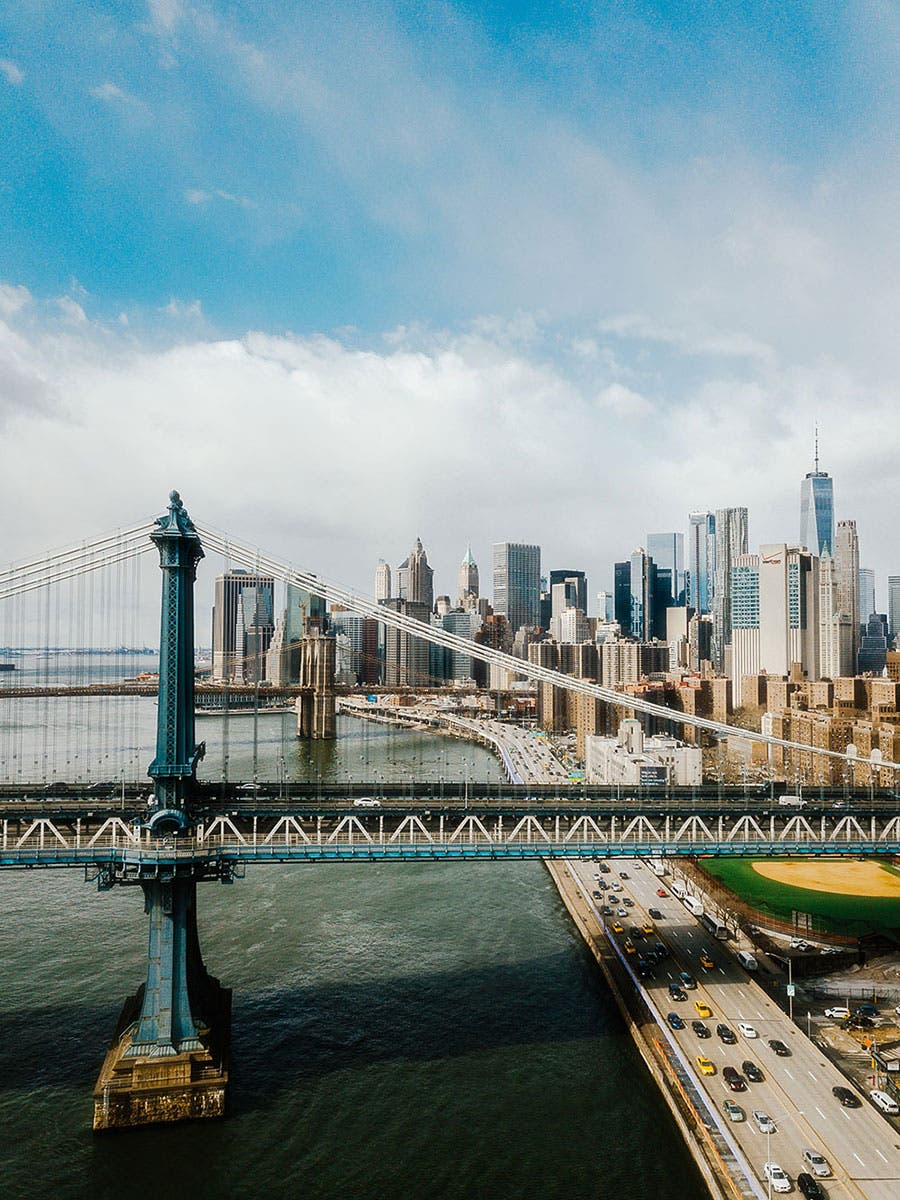

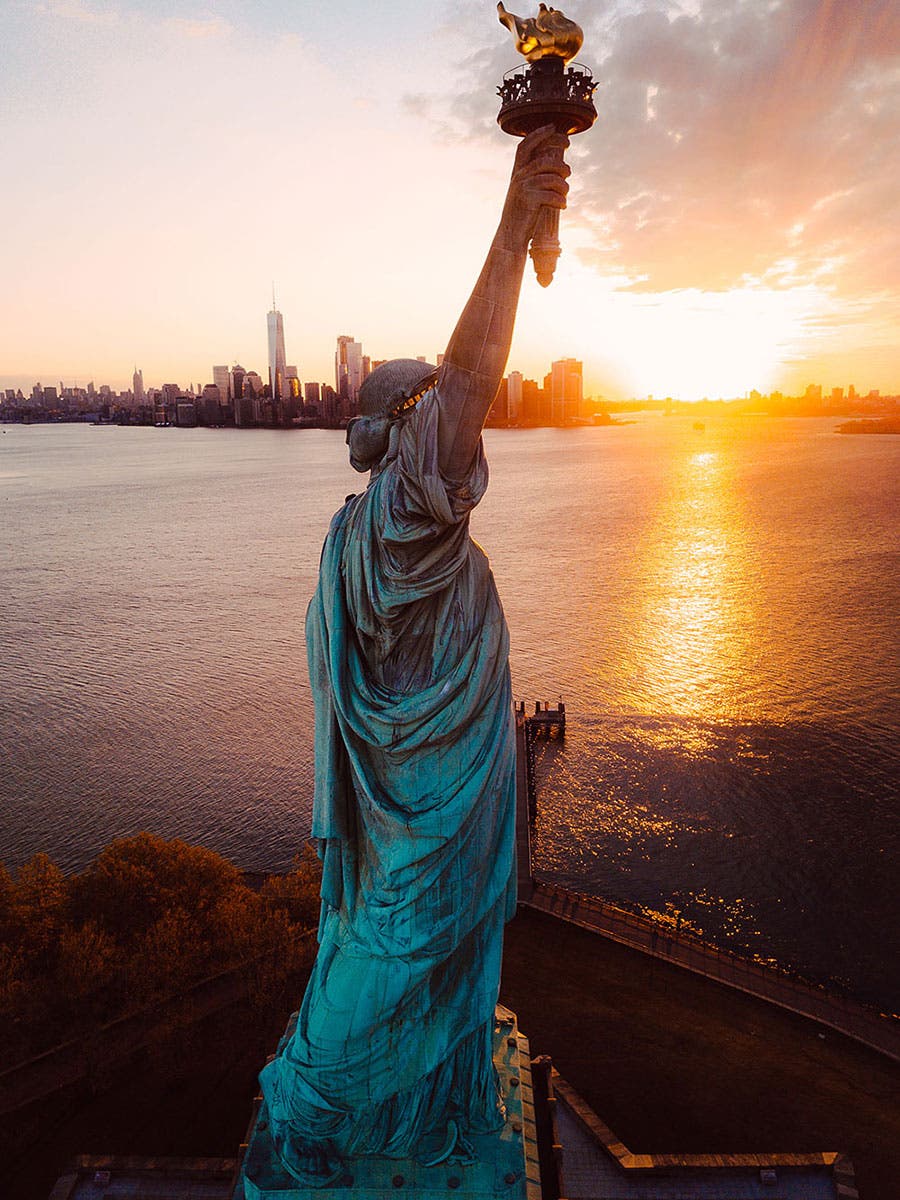
Adorama: What has changed, for you and for your work, since the 2014 NYMag profile that dubbed you an “outlaw instagrammer?”
Deas: I’ve matured since 2014 and created a brand and business through the power of social media. It’s a blessing to create and make a career under the skies of the city that raised me, especially having always been fascinated with aerial images from the rooftops of NYC.
Adorama: What is it about a piece of architecture that speaks to you enough that you want to photograph it?
Deas: The architect’s design is what interests me most. Seeing structures from above helps me to understand the engineering and engage with this design.
“It’s a blessing to create and make a career under the skies of the city that raised me, especially having always been fascinated with aerial images from the rooftops of NYC.”
Adorama: If you could shoot from the top of any structure in the world, with permission and safety in place, what would you choose and why?
Deas: I would trade my entire catalog of photographs for two hours on top of the Chrysler Building on 42nd Street.
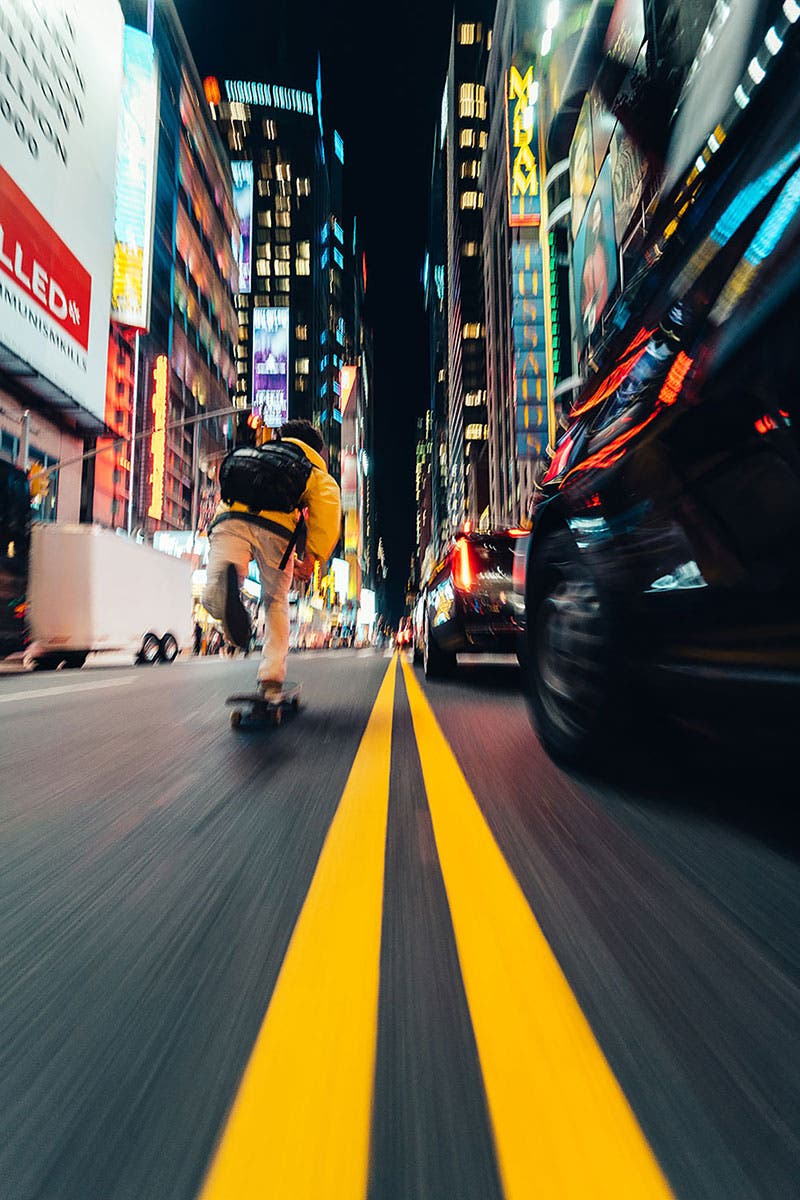


Adorama: You’ve transitioned into using more drones for your work. How has being able to get impressive aerials, without having to scale buildings or bridges, changed how you approach an image?
Deas: Having the ability to use a flying camera allows you to get the exact moment or image you’ve envisioned, rather than having to compromise due to access limitations.
Adorama: How do you respond to accounts that ask of your Instagrams, “permission to share this image with credit?”
Deas: I think it’s really nice that accounts ask for permission to share my work, rather than outright stealing or misusing it. It allows me to keep track of where and how my hard work is being used.




Adorama: Where would you be, or what do you believe you’d be doing, if Instagram didn’t exist and there were no apps or sites like it?
Deas: If Instagram wasn’t around I would probably build a career in professional skateboarding, given it’s what I was pursuing before I found photography.
Adorama: What’s your single favorite photo you’ve captured and shared, and can you tell the story behind it?
Deas: The photo of my girlfriend and I walking in Central Park is my favorite (below), as it captures for me the perfect fall evening in my city.
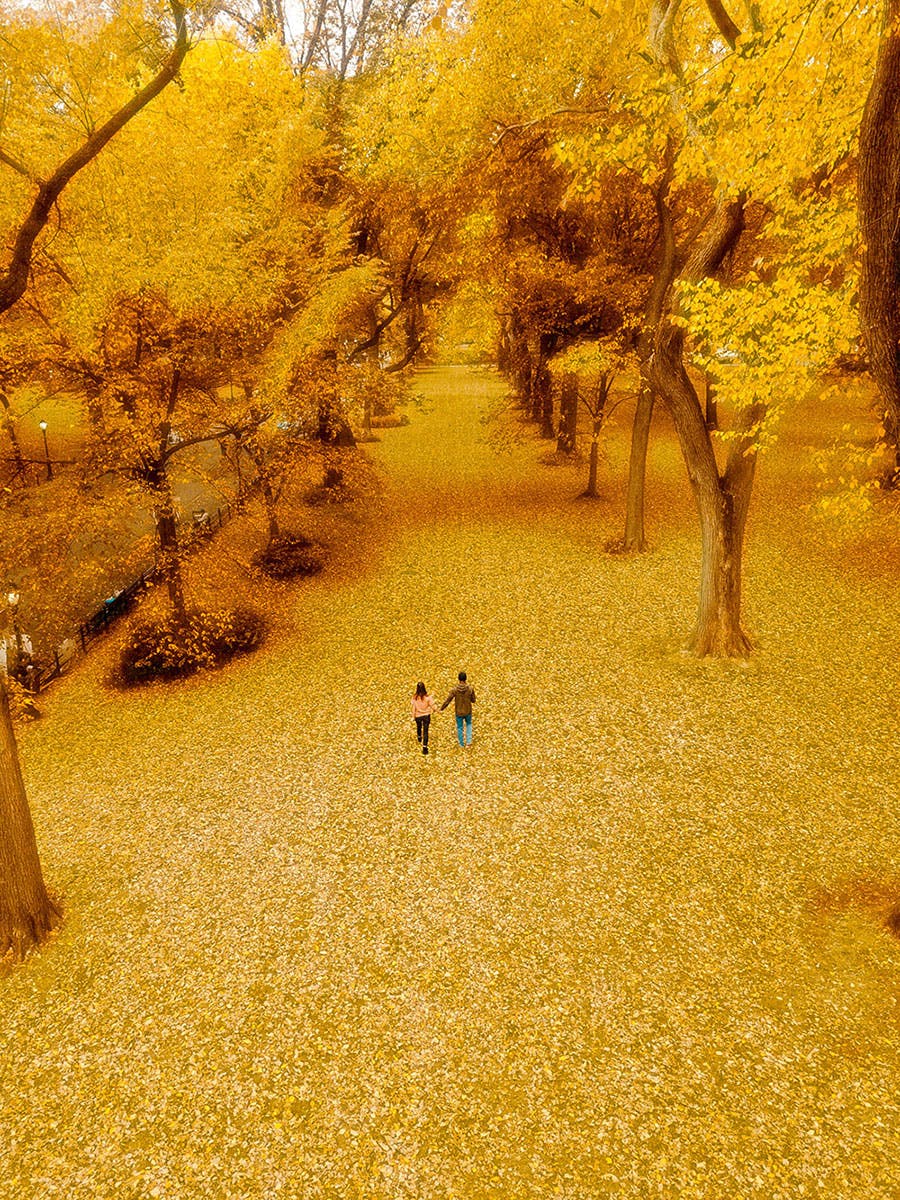
Check out Deas’s full Through the Lens episode below:

